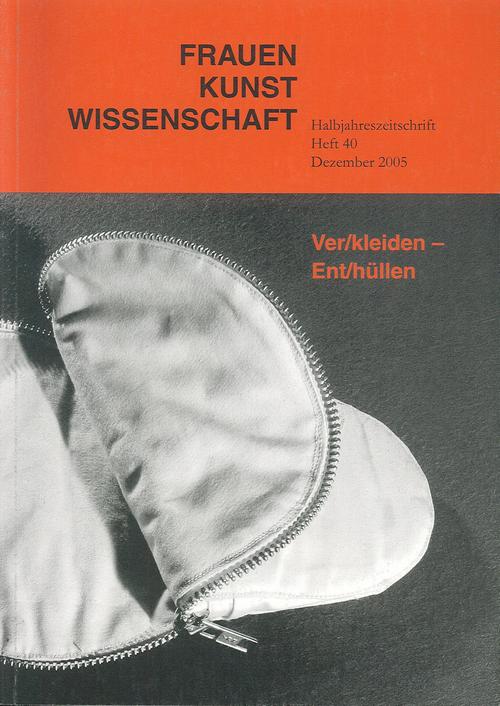Zylinder und Schlurfschale. Einige Überlegungen zur Bedeutung männlicher und weiblicher Kleidermoden
DOI:
https://doi.org/10.57871/fkw4020051017Abstract
Anna-Brigitte Schlittler
Top Hats and Zoot Suits. Some Reflections on the Meaning of Male and Female Fashion Trends
Since its inception around 1350, fashion has been a form of social distinction, which according to Roland Barthes rests on numerous “substances” (whereby he describes the distinction between materiality and its embedding in discourse). Sumptuary codes are unstable, ambiguous, and constantly shifting. The structuring of fashion according to gender is one of its most important ordering categories, and it is the aim of this article to define it.
Despite a fundamental distinction between skirt and trousers, fashions for men and women were initially conceived of symmetrically. However, in the course of the nineteenth century, the gap between male functionality and female decoration was increasingly widened, and resulted in the creation of the men’s suit as an emblem of masculinity and modernity. Meanwhile, women’s fashion remained concerned with the decorative draping of the female body, and became a byword for backwardness, anti-functionality, and sensuality. A modern piece of clothing for women could only be modeled on the men’s suit. A further criterion for modernity was the display of the manufacturing process and/or the cut: the visible seam became a symbol of honesty and truthfulness (until Martin Margiela’s summer collection of 1997). Furthermore, through its cut, the men’s suit reveals the shape of the naked male body: based on the tailored material, it was possible to create an abstract statue, which was additionally standardized via tailoring techniques and systems of measurement.
Even as a political and/or oppositional statement, clothing references functional men’s clothing. The dress code of the sans-culottes was already based on workman’s clothing, as were the camisa azul of the Spanish Falange and Vavara Stepanova’s prozodezhda. However, in the example of the top hat, the changeability of political statements, which range from revolutionary to reactionary, becomes clear. In the zoot suit, a subversive sartorial statement in Nazi-era Vienna, the men’s suit remained a visible model; however, through the exaggerated emphasis on its characteristics – in the sense of an oppositional statement – it was given an ironic twist. Feminine clothing, in contrast, did not lend itself to the expression of oppositional ideas; it is always just a solipsistic reference to femininity and, precisely for this reason, a precondition for the symbolic increase in meaning of men’s clothing.
Downloads
Veröffentlicht
Ausgabe
Rubrik
Lizenz
Die Autor_innen behalten das Copyright und treten keine exklusiven Nutzungsrechte an FKW ab.
Ab 2017 erscheinen alle Texte von FKW // Zeitschrift für Geschlechterforschung und visuelle Kultur unter der LizenzCC-BY-NC-ND Lizenz 4.0 International (Creative Commons, Namensnennung, Nicht Kommerziell, Keine Bearbeitung 4.0 International). Der Lizenzvertrag ist abrufbar unter: https://creativecommons.org/licenses/by-nc-nd/4.0/legalcode.de, eine allgemein verständliche Fassung unter: https://creativecommons.org/licenses/by-nc-nd/4.0/deed.de
Von 2013 bis 2016 sind alle Texte von FKW // Zeitschrift für Geschlechterforschung und visuelle Kultur unter der Digital Peer Publishing Lizenz (DPPL) erschienen. Der Lizenztext ist im Internet abrufbar unter der Adresse: http://nbn-resolving.de/urn:nbn:de:0009-dppl-v2-de3
Die Abbildungen in Ihrem Beitrag
Die Autor_innen verpflichten sich, die Abdruckgenehmigung für die in ihren Texten verwendeten Bilder bei der jeweiligen, die Bildrechte verwaltenden Institution einzuholen und die zuständige Herausgeberin über das Ergebnis zu informieren. Wir weisen darauf hin, dass die Verwendung von Bildern in wissenschaftlichen Texten gewöhnlich als Zitat angesehen und entsprechend kostenfrei gewährt wird.





